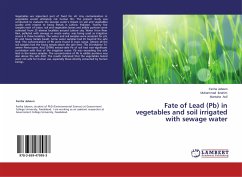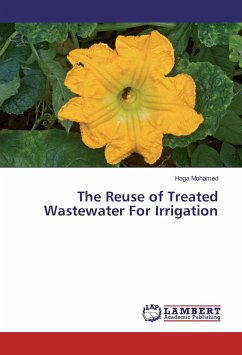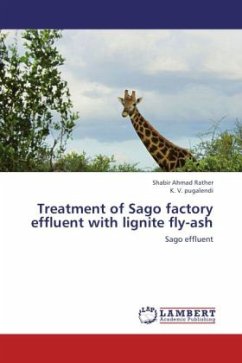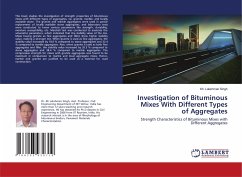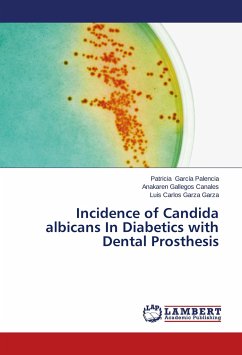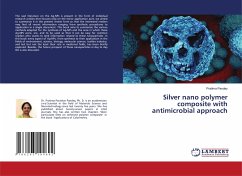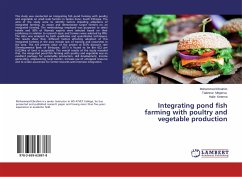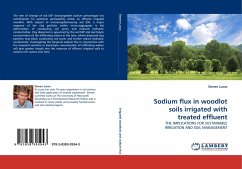
Sodium flux in woodlot soils irrigated with treated effluent
THE IMPLICATIONS FOR SUSTAINABLE IRRIGATION AND SOIL MANAGEMENT
Versandkostenfrei!
Versandfertig in 6-10 Tagen
52,99 €
inkl. MwSt.

PAYBACK Punkte
26 °P sammeln!
The rate of change of soil ESP (exchangeable sodium percentage) has ramifications for optimum permeability within an effluent irrigated woodlot. With respect to increasing/decreasing soil ESP, a major response of the clay particles within micro-aggregates is the deformation of conducting soil pores and reduced hydraulic conductivities. Clay dispersion is governed by the soil ESP and electrolyte concentration of the infiltrating waters at the time, where dispersed clay particles may block conducting soil pores and further reduce hydraulic conductivity. Investigating the temporal sodium flux in ...
The rate of change of soil ESP (exchangeable sodium percentage) has ramifications for optimum permeability within an effluent irrigated woodlot. With respect to increasing/decreasing soil ESP, a major response of the clay particles within micro-aggregates is the deformation of conducting soil pores and reduced hydraulic conductivities. Clay dispersion is governed by the soil ESP and electrolyte concentration of the infiltrating waters at the time, where dispersed clay particles may block conducting soil pores and further reduce hydraulic conductivity. Investigating the temporal sodium flux in conjunction with the temporal variation in electrolyte concentration of infiltrating waters will give greater insight into the response of effluent irrigated soils to sodium-rich waters over time.



